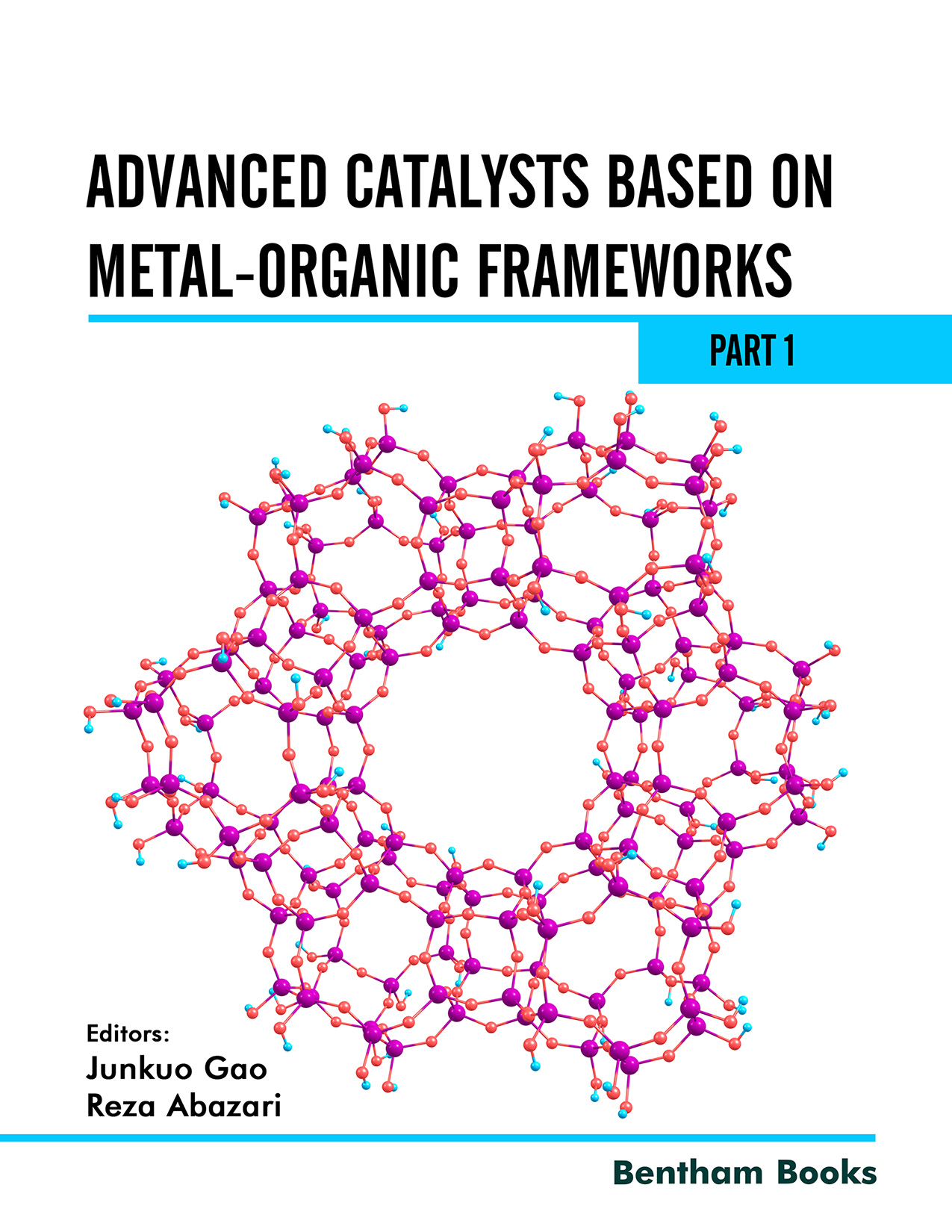Post-synthetic Modification and Engineering of Metal Nodes and Organic Ligands of MOFs for Catalytic Applications

- Authors: Aleksander Ejsmont1, Agata Chełmińska2, Martyna Kotula3, Anita Kubiak4, Marcelina Kotschmarów5, Aleksandra Galarda6, Anna Olejnik7, Joanna Goscianska8
-
View Affiliations Hide Affiliations1 Adam Mickiewicz University in Poznań, Faculty of Chemistry, Department of ChemicalTechnology, Uniwersytetu Poznańskiego 8, 61 614 Poznań, Poland 2 Adam Mickiewicz University in Poznań, Faculty of Chemistry, Department of ChemicalTechnology, Uniwersytetu Poznańskiego 8, 61-614 Poznań, Poland 3 Adam Mickiewicz University in Poznań, Faculty of Chemistry, Department of ChemicalTechnology, Uniwersytetu Poznańskiego 8, 61-614 Poznań, Poland 4 Adam Mickiewicz University in Poznań, Faculty of Chemistry, Department of ChemicalTechnology, Uniwersytetu Poznańskiego 8, 61-614 Poznań, Poland 5 Adam Mickiewicz University in Poznań, Faculty of Chemistry, Department of ChemicalTechnology, Uniwersytetu Poznańskiego 8, 61-614 Poznań, Poland 6 Adam Mickiewicz University in Poznań, Faculty of Chemistry, Department of ChemicalTechnology, Uniwersytetu Poznańskiego 8, 61-614 Poznań, Poland 7 Adam Mickiewicz University in Poznań, Faculty of Chemistry, Department of ChemicalTechnology, Uniwersytetu Poznańskiego 8, 61-614 Poznań, Poland 8 Adam Mickiewicz University in Poznań, Faculty of Chemistry, Department of ChemicalTechnology, Uniwersytetu Poznańskiego 8, 61-614 Poznań, Poland
- Source: Advanced Catalysts Based on Metal-organic Frameworks (Part 1) , pp 83-129
- Publication Date: January 2023
- Language: English
Post-synthetic Modification and Engineering of Metal Nodes and Organic Ligands of MOFs for Catalytic Applications, Page 1 of 1
< Previous page | Next page > /docserver/preview/fulltext/9789815079487/chap2-1.gif
Metal-organic frameworks (MOFs) emerged as adjustable and multipurpose materials, which are now intensively investigated worldwide. They are composed of a wide range of organic and inorganic building units which are a susceptible base for various post-synthetic modifications (PSMs). In the last years, altering MOFs composition has significantly contributed to their broad application in many fields, especially in heterogeneous catalysis. PSMs are employed to improve the physicochemical properties of MOFs such as stability or selectivity, but mostly to generate catalytically active sites. Here, we report diverse methods of metal- (exchange, doping, redox transformations) and ligand-based (functionalization, exchange, installation, removal) PSMs of MOFs, which can be effectively used for catalytic purposes. PSMs can either extend the MOF framework with catalytically active functionalities or contribute to defect engineering for open metal site formation. Moreover, combining different modifying procedures has been introduced as a tandem approach when various reactions prompt several changes in the framework. Epitaxial growth was also presented as PSM, which can govern catalytically beneficial features mostly for thin films, unattainable to achieve by conventional methods. Recent MOFs' PSM findings were reviewed to show new pathways and a continuously developing field of reticular chemistry which come across with the expectations for novel and more efficient catalysts.
-
From This Site
/content/books/9789815079487.chap2dcterms_subject,pub_keyword-contentType:Journal -contentType:Figure -contentType:Table -contentType:SupplementaryData105

